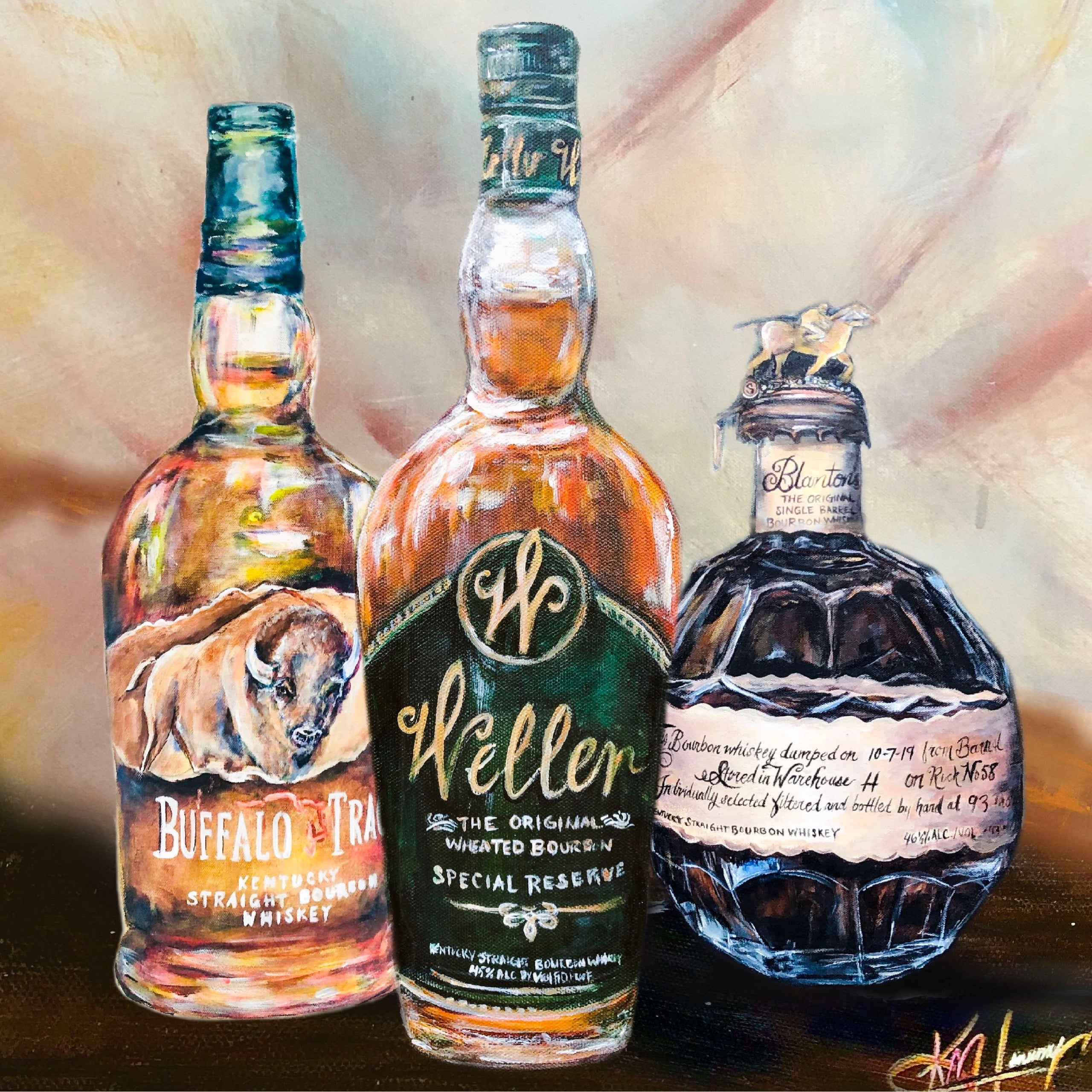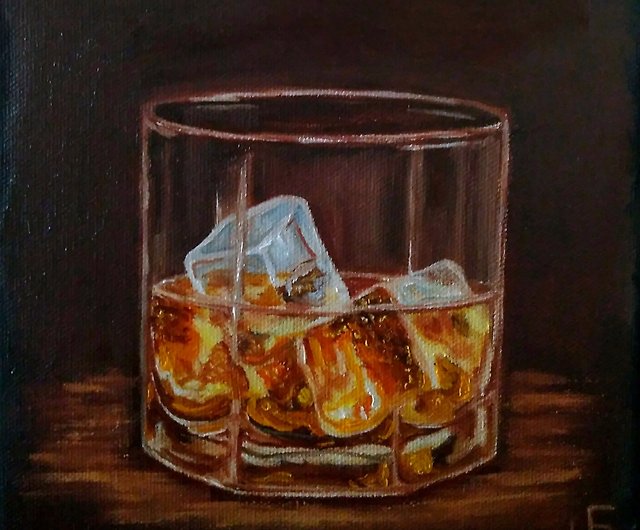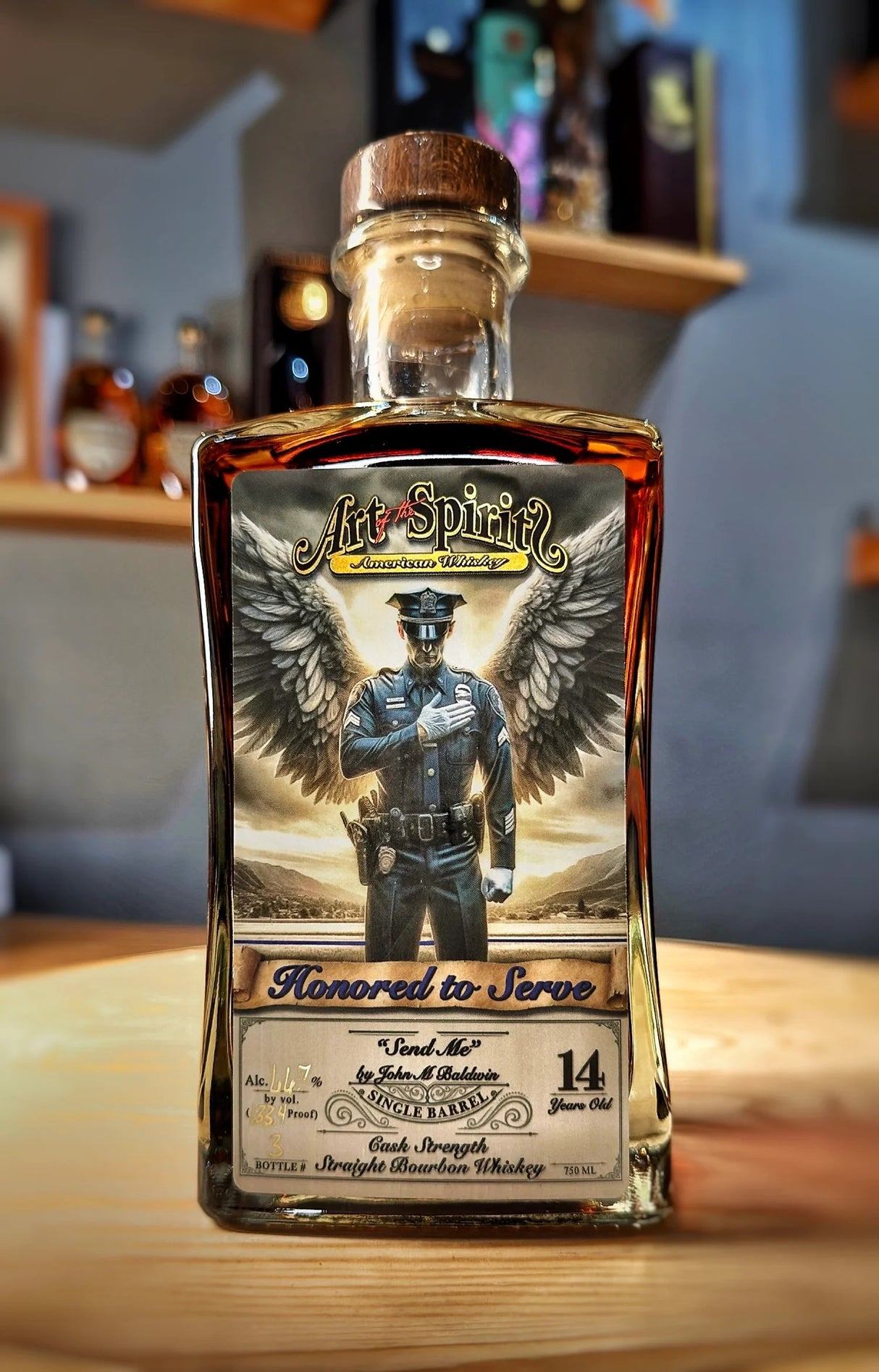Limited Edition: Discover Exclusive Bourbon Art Parts for Collectors
Limited Edition: Discover Exclusive Bourbon Art Parts for Collectors
Blog Article
The Importance of Whiskey Art in Celebrating Heritage and Craftsmanship in the Beverage Industry
The elaborate partnership in between whiskey art and the party of heritage and craftsmanship within the beverage market can not be overstated. Via thoughtfully made containers and labels, scotch brands envelop their historical origins and the artisanal skills that specify their production approaches.
The Historical Origins of Whiskey
At the heart of bourbon's allure exists a rich tapestry of historical origins that trace back to old civilizations. The beginnings of bourbon can be linked to the purification practices of the Sumerians and Babylonians around 2000 BCE, where very early kinds of fermented grain beverages started to emerge. It was in the Center Ages that the art of distillation progressed dramatically, particularly in Ireland and Scotland, leading to the development of bourbon as we know it today.
The term "scotch" itself stems from the Gaelic word "uisce beatha," meaning "water of life." This phrase emphasizes the social significance of scotch in Celtic cultures, where it was usually related to rituals, events, and public bonding. By the 15th century, distillation became an acknowledged craft within reclusive areas, leading the way for the establishment of legal distilleries.
As trade paths increased, bourbon's popularity grew, transcending regional boundaries and catching the rate of interest of aficionados worldwide. Bourbon Art. This historical journey reflects not only the craftsmanship behind scotch production however additionally its integral role in social and cultural contexts, marking it as a significant beverage throughout history
Artistic Expression in Branding
Whiskey branding stands as a compelling intersection of artistry and commerce, where aesthetic identification plays a vital function in shaping customer perception. The looks of scotch labels, packaging, and marketing materials mirror not just the brand name's story but additionally its core worths and heritage. With creative expression, distilleries convey a narrative that reverberates with customers, evoking emotions and triggering links.
The use of shade, typography, and imagery in branding offers to separate products in a saturated market. Standard motifs might evoke a feeling of credibility and craftsmanship, while contemporary layouts can represent technology and forward-thinking. This calculated imaginative direction boosts brand acknowledgment and commitment, enabling customers to forge an individual partnership with the scotch they pick.
Moreover, creative expression in branding often functions as a party of regional heritage. Distilleries often include local signs or historic references into their layouts, developing a sense of location that welcomes customers to take part in a wider social experience. Ultimately, the artistry behind scotch branding not just boosts visual appeal however likewise improves the overall narrative of the brand, promoting a much deeper admiration for the craftsmanship and heritage embedded in each bottle.
Craftsmanship in Bottle Style
The virtuosity noticeable in bourbon branding extends beyond visual identity to encompass the craftsmanship associated with container style. Each container acts as a vessel not simply for the spirit within, yet additionally for the tale it outlines its quality, tradition, and beginning. The layout procedure calls for thorough focus to information, as aspects such as shape, closure, and product contribute substantially to the general understanding of the whiskey.
Craftsmanship in bottle design entails picking top quality glass that can enhance the bourbon's shade and clearness, while also supplying a responsive experience for the consumer. The shape of the bottle must be both practical and aesthetically attractive, frequently reflecting the heritage of the brand name. Numerous distilleries go with one-of-a-kind forms or embossed logos that stimulate a sense of authenticity and history.
Furthermore, the label layout and typography play a crucial duty in communicating the brand name's narrative. Bourbon Art. A well-crafted container not only astounds the consumer's eye but additionally strengthens the brand name's commitment to top quality and custom. By doing this, the workmanship of bottle style becomes a crucial aspect of the scotch experience, merging creativity with an extensive regard for heritage
Cultural Significance of Scotch Art
Commemorating custom and craftsmanship, the cultural value of whiskey art goes beyond plain aesthetics, intertwining with the social and historic stories of the areas additional hints from which it comes from. Each container acts as a canvas, illustrating the one-of-a-kind stories, folklore, and practices that have shaped regional whiskey-making techniques. The elaborate styles often reflect the heritage of the distillers, including icons and motifs that resonate with the society and worths of their areas.

On top of that, whiskey art plays a crucial role in common gatherings and events, working as a concrete web link between people and their shared experiences. By valuing the artistry in bourbon packaging, consumers grow a deeper understanding and regard for the craft, ultimately enhancing their satisfaction of the beverage itself.
Modern Trends in Scotch Discussion
Recently, the discussion of whiskey has actually advanced to show modern preferences and trends while still recognizing traditional workmanship - Bourbon Art. Distilleries are progressively concentrating on visual elements that improve the general alcohol consumption experience, bridging the gap between heritage and modernity
Ingenious container layouts have emerged, typically including lasting products and artistic labels that tell compelling stories. Numerous brands currently collaborate with local artists, infusing their items with one-of-a-kind aesthetic expressions that resonate with consumers. Additionally, limited-edition releases are typically packaged in collectible containers, including worth and charm for lovers.

Final Thought
To conclude, whiskey art serves as a crucial avenue for expressing the heritage and craftsmanship intrinsic in the drink sector. Through elaborate branding, ingenious container layouts, and culturally substantial artistic elements, whiskey brands successfully recognize their customs and attach with customers. This imaginative story not just boosts the appreciation of whiskey but also reinforces community identity and pride among producers. Ultimately, whiskey art plays an important role in preserving and celebrating the rich social tapestry of whiskey-making.


Workmanship in bottle news design involves picking high-grade glass that can improve the scotch's color and quality, while likewise offering a responsive experience for the customer. In this view website method, the craftsmanship of container design becomes an essential element of the scotch experience, merging virtuosity with an extensive respect for heritage.
In verdict, scotch art serves as an essential channel for expressing the heritage and workmanship intrinsic in the beverage sector.
Report this page